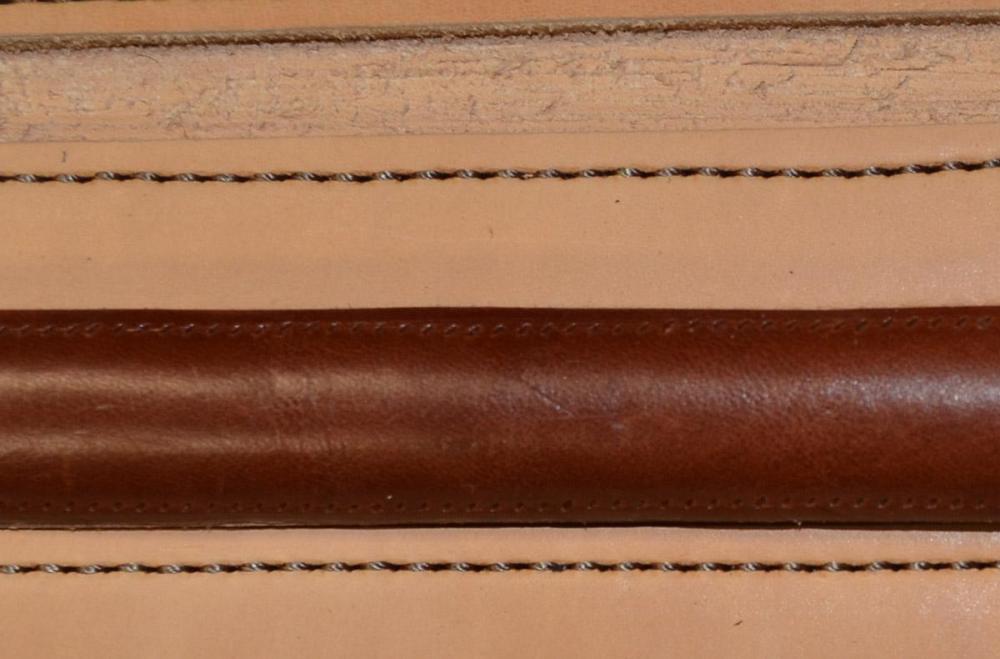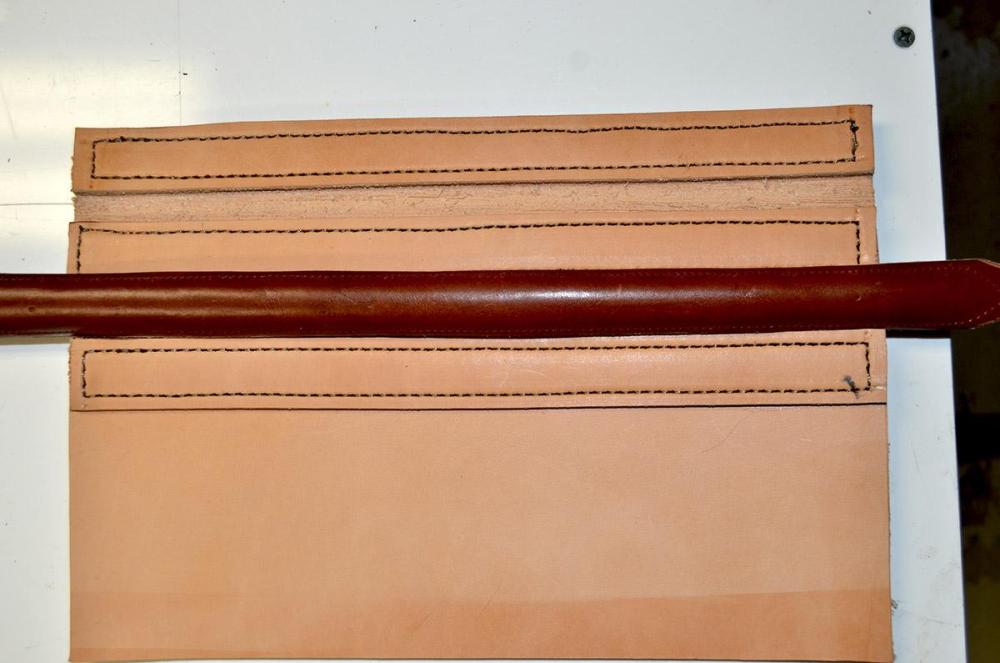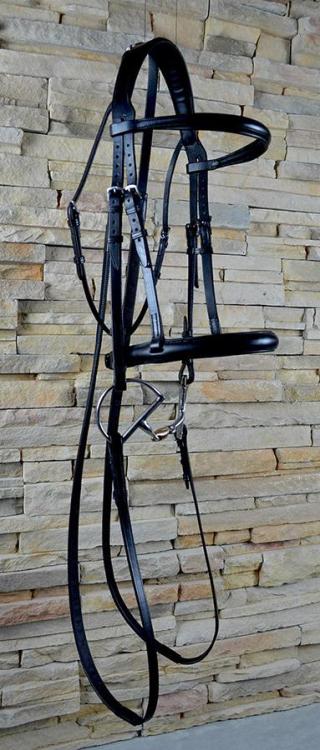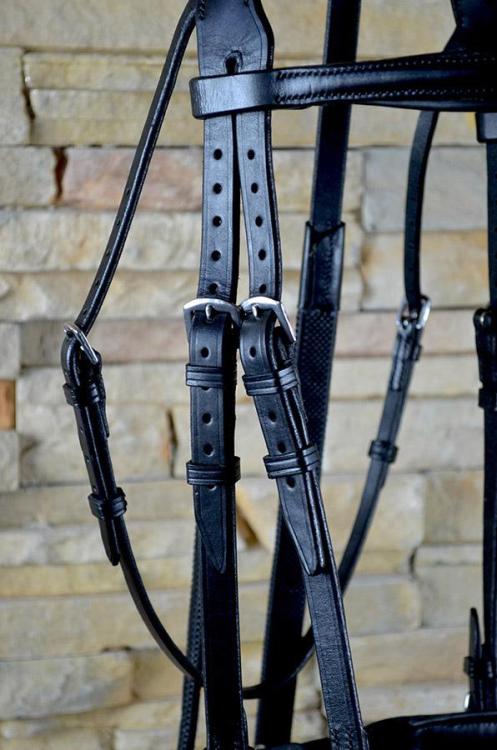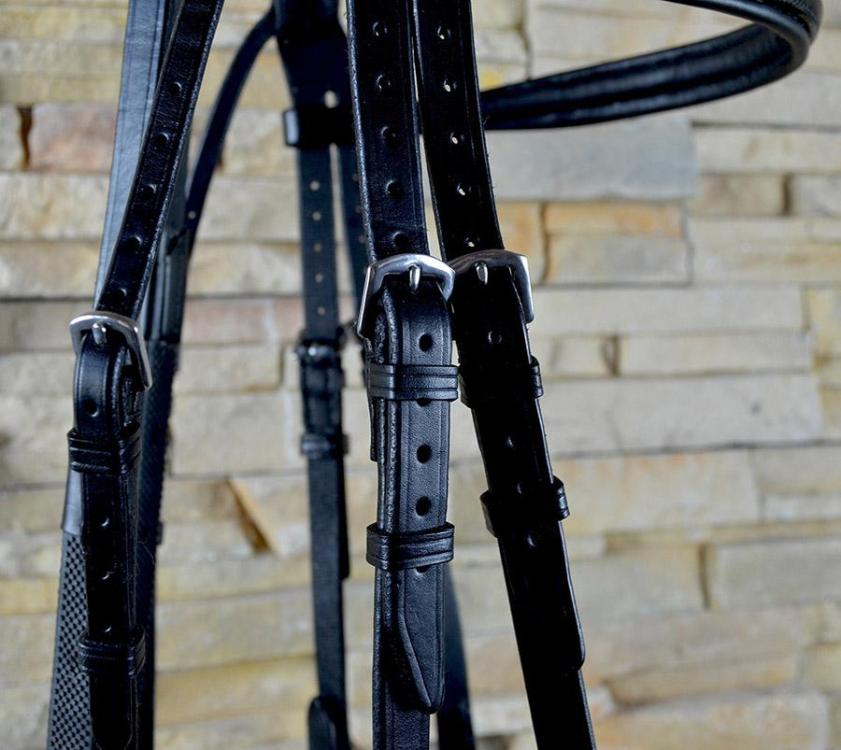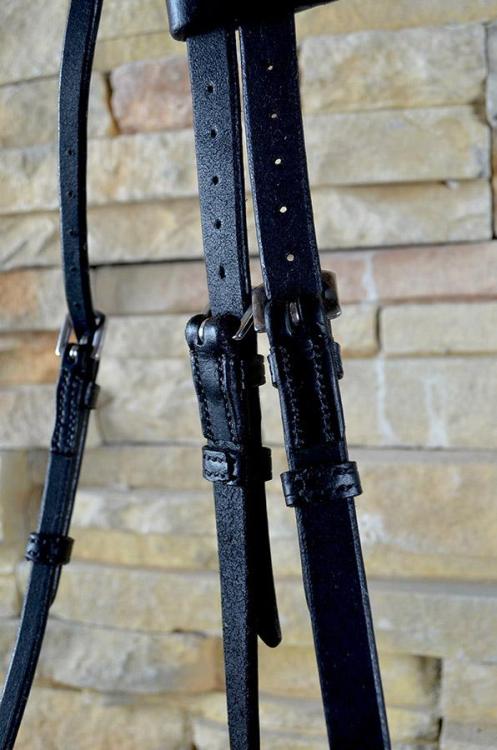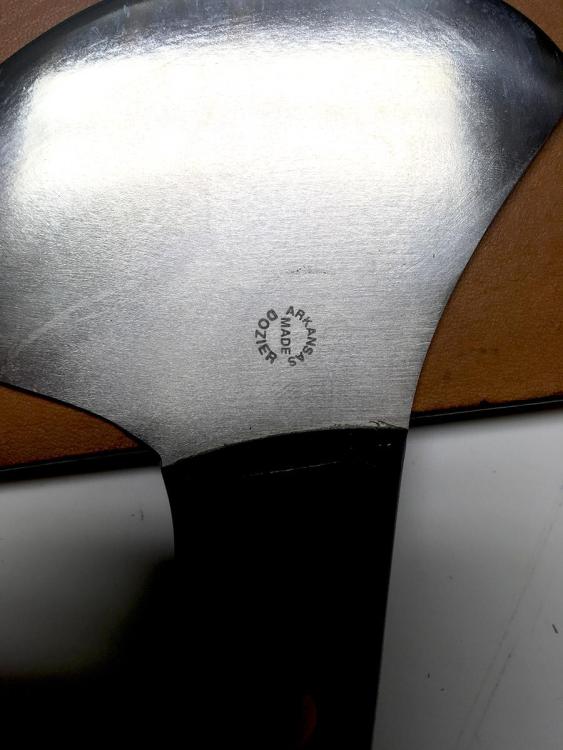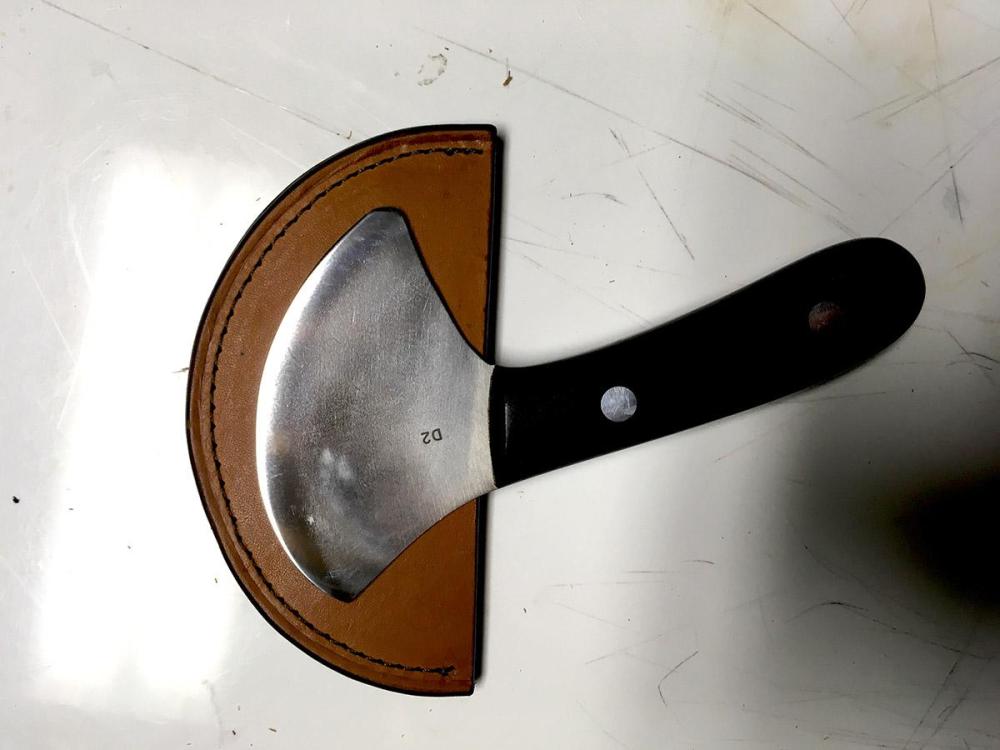-
Posts
1,284 -
Joined
-
Last visited
Content Type
Profiles
Forums
Events
Blogs
Gallery
Everything posted by TomE
-
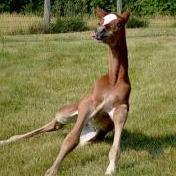
Le Cuir. Compositions Decoratives Pattern book
TomE replied to DebHop's topic in Patterns and Templates
Thanks for posting this, @DebHop, and to @toxo for bringing it to the top of the stack. I am now motivated to pick up my carving tools that have been stored in a box since the 1970s. I so admire Jean Luc Parisot's work in the same fashion https://www.instagram.com/parisot_sellier/.- 18 replies
-
- art nouveau
- carving
-
(and 3 more)
Tagged with:
-
Welcome. I don't have experience with Kevlar thread but learned a fair amount by searching the forums. From what I read, I'd be reluctant to run abrasive Kevlar thread through my machine and also deal with the tensioning issues unless it's absolutely needed. I imagine most of the stitching will be along edges and the back of the apron, so not directly in the line of fire.(?) Not sure what type of leather you're using but #92 thread seems a bit small to me. I recently repaired a farrier's apron (chaps) made of 5-6 oz chrome tanned leather and used #138 nylon thread that was a good match with existing. The thighs are covered with reinforcing patches of 6oz secured with 2 lines of stitching. Double stitched might be a useful failsafe for a welding apron.
-
I tack a strip of leather to the exposed filler of a rolled throatlatch when sewing to keep it flat on the needle plate. I trim the filler after sewing then shape the round. There are some pictures in the file I linked to this post. Thank you. Lots of buckles and loops to sew.
-
I was going to recommend the Class 26 for the projects you mentioned, which I would guess will be 12 oz or thinner leather. The Class 26 would allow you to use smaller needles, threads, and stitch lengths that might be a good match for your projects. A 441 type machine will punch through thick leather but it also creates bigger needle holes (which limit how fine you can sew) and the thicker thread makes it harder to hide the knots in thin leather. I use a Class 26 with #138 thread for a lot of medium to light weight projects. I keep my Class 4 loaded with 277/207 thread and sew projects that are mostly 2-3 layers of 8-10 oz leather. There's a lot of information on this forum for "dumbing down" the 441 machines with accessories and changed parameters in order to sew lighter projects, but the Class 26 is in its natural element for 5-20 oz leather. I just noticed you're interested in learning about knife sheaths, which might require the 441 machine particularly if your sheath has a welt.
-
Thanks, Bob. I traded a friend a mandolin strap for 3 photography light stands that help with photographing black leather. Too windy this week to hang the bridle outside in the sunshine - it would be a motion picture. Thank you, Ron. I use a pricking iron to mark holes and sew with an awl. I made a jig out of skirting leather to hold the swells tipped at an angle when marking holes so the iron doesn't slip off the curved edge of the swell. When awling the holes are made straight through, perpendicular to the back of the swell. I haven't figured out how to drive a sewing machine along that curved edge.
-
Thanks, Bruce. Staying focused to build my skills. Thank you, Klara. I guess a lot of the fancy tack is made in Pakistan or India. They are better at running their sewing machines on small straps than I am, so I am a bit slower in production.
-
Thank you! Thanks very much!
-
Padded bridle and reins for a special gelding from our breeding program. Hermann Oak bridle leather, stamped steel bridle buckles from Weaver, and lots of nylon thread. Hand sewn.
-
That's a long handle. I prefer that a round knife fits in the palm of my hand so I can push against the end of the handle. Also might be nice to taper the end attached to the blade for skiving.
-

Dog collar and leash finish
TomE replied to Kozel's topic in Dyes, Antiques, Stains, Glues, Waxes, Finishes and Conditioners.
Leather treatments with silicon oil are good waterproofing. Fiebings saddle oil is another option. For tack, I ask customers to maintain it by cleaning and conditioning, and oiling as needed. -
Good thing when it bleeds to clean out the wound, but yes keeping up to date on your tetanus immunization is a very good idea. I bled less on projects as my awling improved. I have a collection of scars on both forearms from slipping with a hoof knife. Doctors seem to notice these things.
-
A Conway buckle would allow adjusting the length and detaching the strap.
-
Professional job. Like the crease. What is the leather?
-

Skidmore's leather cream
TomE replied to dikman's topic in Dyes, Antiques, Stains, Glues, Waxes, Finishes and Conditioners.
I view “natural ingredients” as a marketing ploy. Nature is full of toxins, and most tanned leather has been exposed to unnatural chemical extremes to break down collagen and strip out other stuff. So I’m looking for quality ingredients, whether synthetic or natural. Fiebings Aussie conditioner seems waxy to me but doesn’t darken leather, similar to Bick 4, whereas Blackrock Leather N’ Rich is waxy and consistently darkens leather. I assumed it was an oil that darkened the leather. I wonder if the petroleum distillate you mentioned is the same one in neatsfoot compound. In the Encyclopedia of Saddle Making the Stohlmans note they used a lot of neatsfoot compound to good effect but recognize that pure neatsfoot oil is a superior product. -
Lovely combination of stitches and stamps. What is the hardware for attaching to the guitar?
-
Springfield leather might be able to cut them from the larger hides they have in stock. They have a shop for custom work - clicker dies, cutting by hand, splitting, etc.
-
I replied to your previous post about this. Abbey England sells blades for the common wooden strap cutter. I sharpen and strop these blades, so I rarely replace them.
-
https://www.abbeyengland.com/strap-cutter-blade-fe0097
-

Stitch Length Settings on Cobra Class 26
TomE replied to PlanoMike's topic in Leather Sewing Machines
The needle size won't affect the stitch length selector. It's just a matter of choice; how big and closely spaced you make the holes for a given weight of leather and project use. -

Red Wing Black Bird Buckle
TomE replied to Stewart's topic in Purses, Wallets, Belts and Miscellaneous Pocket Items
Folk art for the ages. What a fun piece! -

Stitch Length Settings on Cobra Class 26
TomE replied to PlanoMike's topic in Leather Sewing Machines
My Class 26 easily sews 9 SPI with a #22 needle and 138 thread. It's rated at 3-10 SPI but I haven't tried smaller needle and thread. I bought the machine (barely) used and it was making large stitches similar to what @PlanoMike is seeing. I removed the stitch length dial and reset it so the middle range was about 6-7 SPI. -
Several Dozier knives still available at https://www.westernstarleather.com/Leather-Tools-_c_235-4.html.
-
Older tools are in many cases the best quality available. Have a look at @bruce johnson's website and other online sellers of used leathercraft tools. I recently bought this knife from a saddler who is closing his shop. I've been looking for several years for one of these, and it was worth the wait.

.jpg.d60258221c476480a6e073a8805645bb.jpg)

